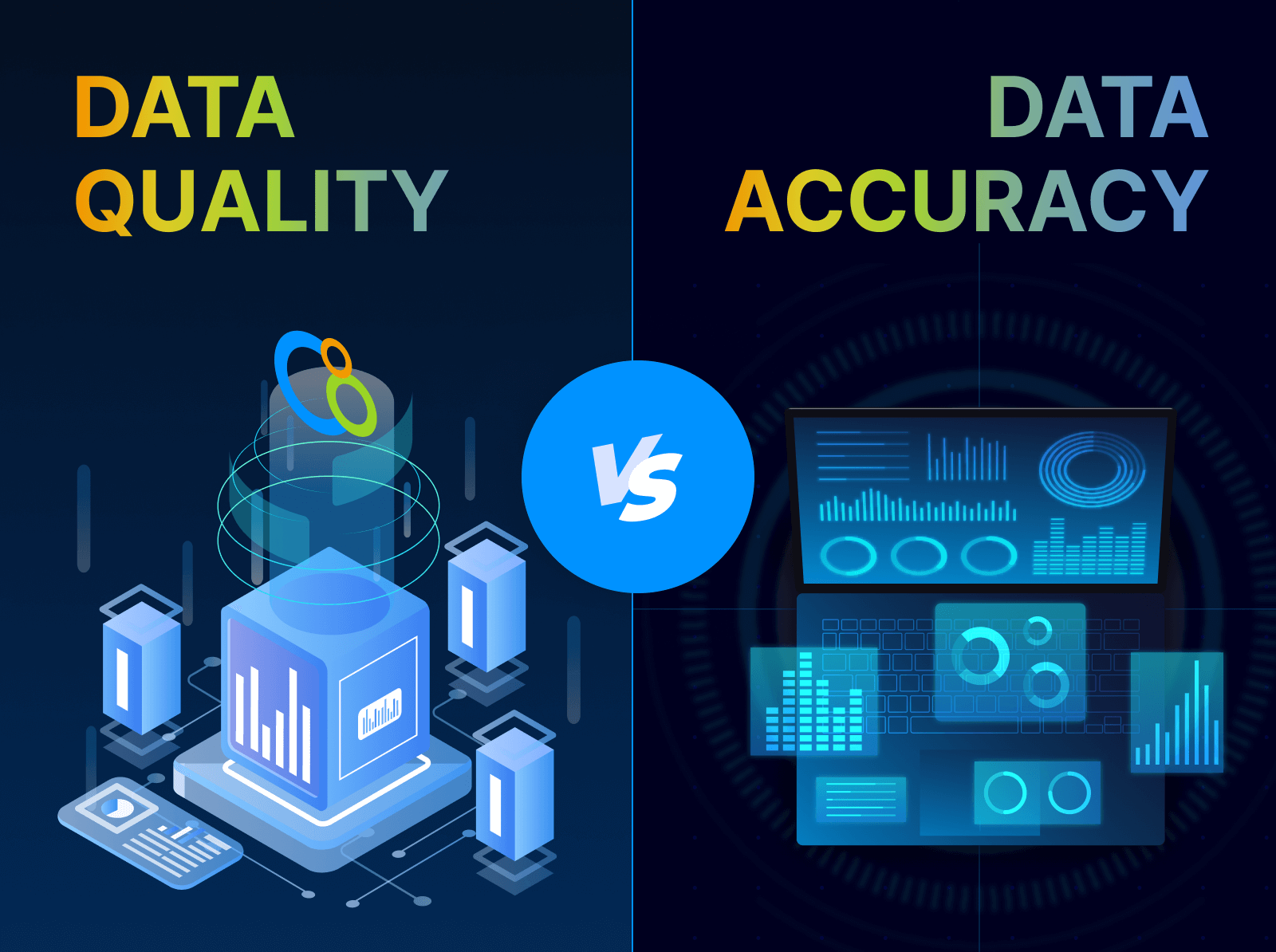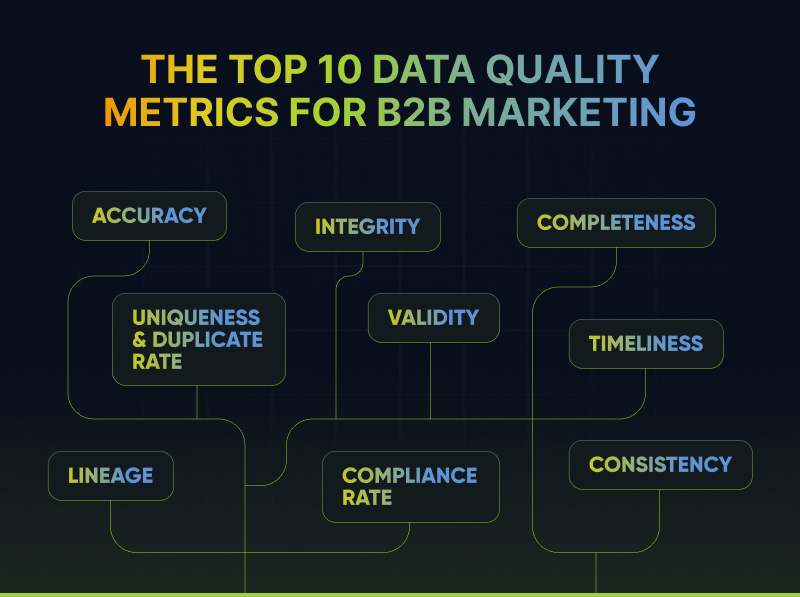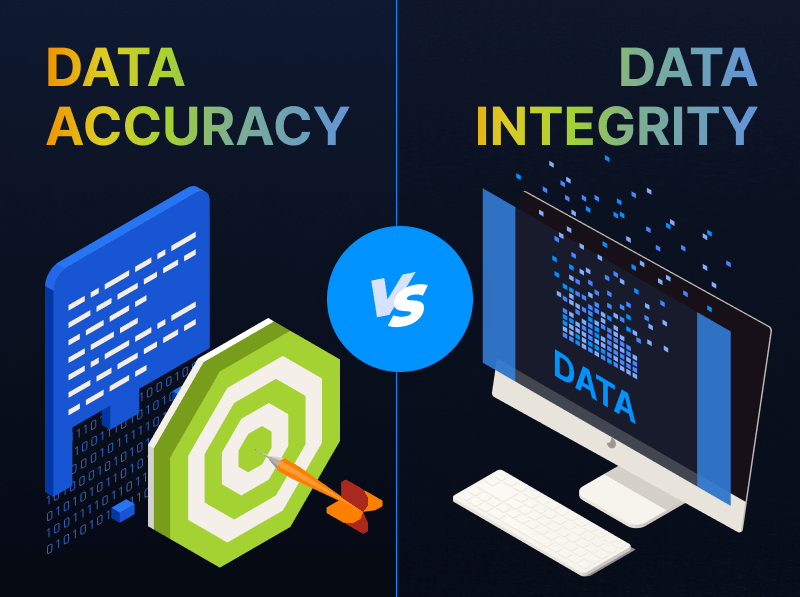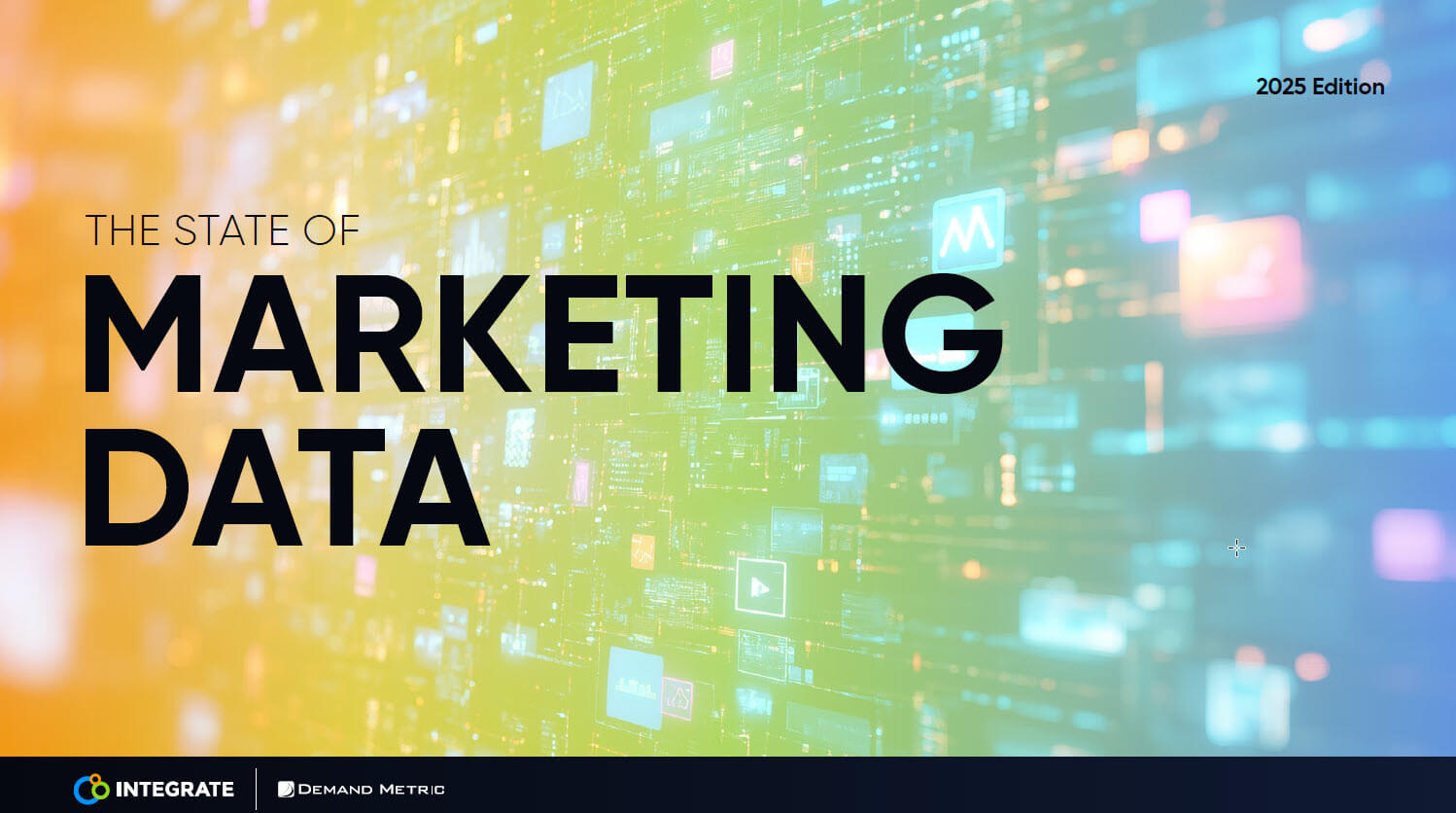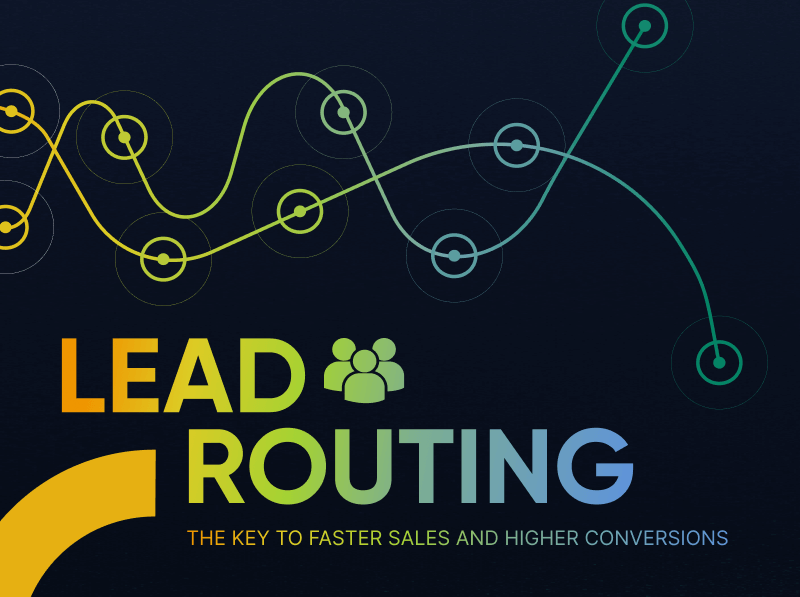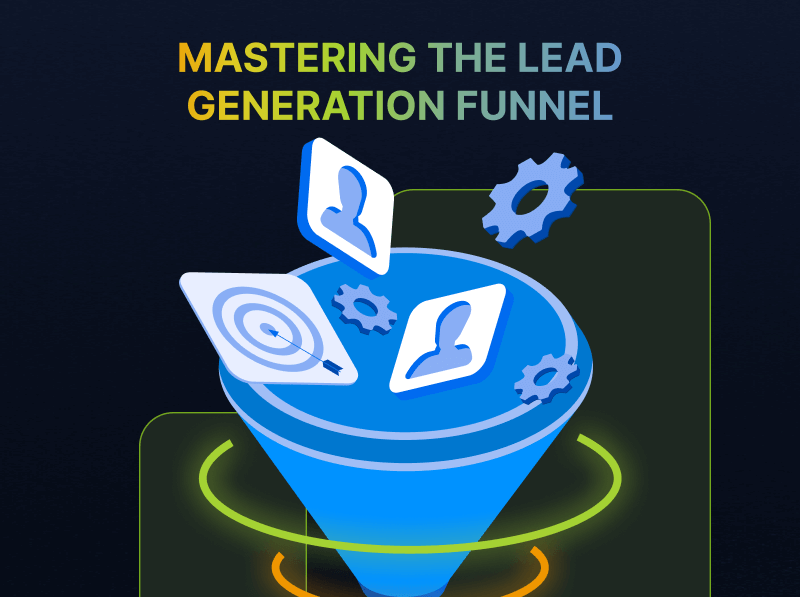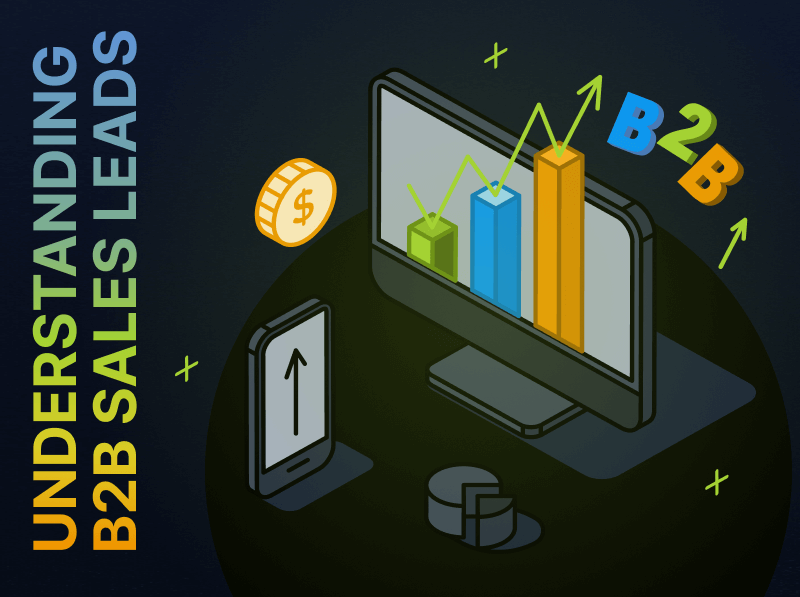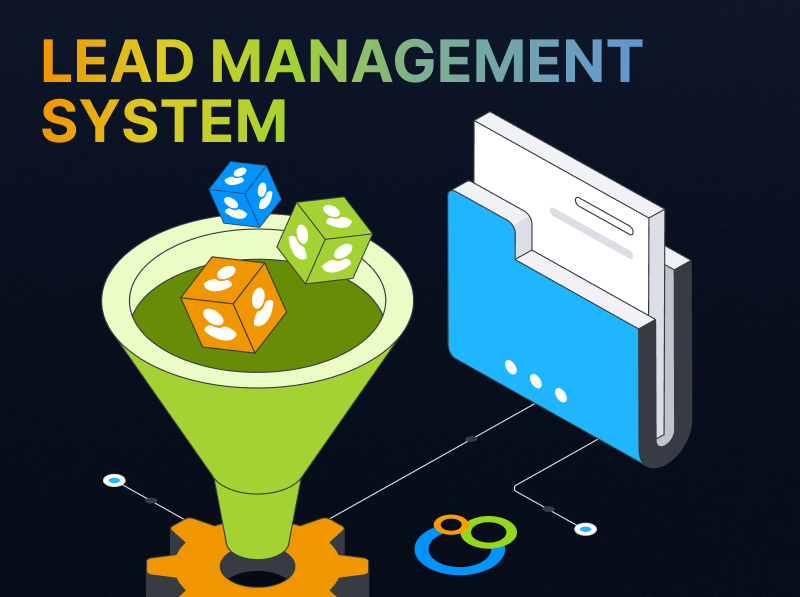The Complete Guide to Measuring Return on Investment from Events
For B2B marketers, events are one of their most important channels for lead generation. So important that on average CMOs invest 24% of their annual marketing budget in trade shows and events.
But even as all your other marketing channels become easier to measure and optimize, events remain difficult to report on in a meaningful way.
Many event reports are anecdotal, focusing on the feel of the event and how busy each day was, rather than reporting on hard data. It’s time for that to change; time for events to become as measurable and accountable as all your other lead generation channels. This article covers:
- The challenge with measuring return on investment from events
- The most important event metrics to measure
- How to handle lead attribution at events – and beyond.
The challenge with measuring return on investment from events
“Trade shows represent a big part of our marketing budget, so we need to be able to show the return on investment. The only way to do that is to be able to track the lead from capture at the show all the way through to a sale.” – Helen Titus, Marketing Director, Carestream
The main reason it’s so difficult to measure return on investment from events is because they don’t connect to the rest of your systems.
Online, marketers can easily connect different tools so that all your digital leads flow through into your CRM or customer data platform. But for events, all your systems are disconnected, and you often use different lead capture methods from one event to the next.
You might be using an event app one week, then a paper form on a clipboard, then a badge scanner, then just pocketing people’s business cards at a small networking event.
There’s no consistency around how leads are collected at events. Most of the commonly used methods are manual, offline processes, which are disconnected from the rest of your marketing systems, making it very difficult to track leads from events through the sales cycle, and attribute revenue to events.
5 metrics for measuring trade shows and events
1) Leads per event
The number of leads collected at your event is a good initial indicator of the success of your event.
You can break this down further by categorizing leads depending on how good a fit they are. A lot of our customers give their leads a star rating, or categorize them as hot, warm or cold. This helps you understand not only the number of leads, but also the quality you’re getting from the event.
2) Contacts by lead life-cycle stage
At your events, are you getting a lot of sales qualified leads? Or just people who are only showing vague interest in your business?
Tracking your leads by life-cycle stage is a quick way to get an at-a-glance understanding of how successful your event was, before enough time has passed to complete any deals.
3) Open rate of follow-up emails
Tracking email open and delivery rates will give you an early indicator of the quality of the lead data you capture at each event.
If you have a high percentage of emails that hard bounce or go unopened, this points to inaccuracies in your data, or that you collected poor-fit leads who aren’t interested in engaging with you beyond a quick chat at your event space.
4) Response rate for follow-up emails
The longer you wait between speaking to a lead at an event, and reaching out to continue that conversation, the less chance you have of ever hearing from that person again.
So once your follow-up emails have gone out, it’s important to track the response rate you get. This will help you assess how engaged your leads are after the event.
5) Revenue per event
This is the most important metric to look at when it comes to measuring return on investment from your events. You won’t be able to track this immediately after the event, but is definitely worth tracking in the long term.
Once an event is over, it’s worth periodically revisiting the numbers, to check if any new deals can be attributed to a particular trade show or exhibition – perhaps on a monthly basis. This is the ultimate long-term measure of event ROI, so this final metric shouldn’t get forgotten once you’ve moved on to planning and exhibiting at other events.
How to manage lead attribution from events: 5 steps for Marketing Operations Managers
The biggest obstacle to measuring return on investment is that many marketers struggle to attribute leads (and in turn revenue) from trade shows and events. With the rise of marketing ops, marketing teams are becoming increasingly data-driven. But often events are difficult to measure, making accurate lead attribution a constant challenge.
Here are five steps to follow for better lead attribution:
- Get leads into your own systems – the easiest way to do this is to use a lead capture solution that integrates with your CRM or customer data platform, so leads flow straight from the show floor into your systems.
- Tag these leads with ‘events’ as the original source (or as a touch-point if someone’s an existing lead).
- Add the name of the specific event, either in a note for each lead, or by building out a list containing all the leads collected at that event.
- Periodically revisit this list. Look for leads which have become customers, so you can see whether the event brought in good-fit, high quality leads.
- Once you can see how many leads became customers, look into how much those deals were worth. This will help you measure revenue per event. While it’s unlikely that events will have been your sole touch-point with that customer during the sales process, but they may be the only time you met them face-to-face.
Can Integrate Events help you measure Event ROI?
Download our information pack to find out how companies use Integrate Events to capture and qualify more leads from events and trade shows, and connect events with their marketing stack.


